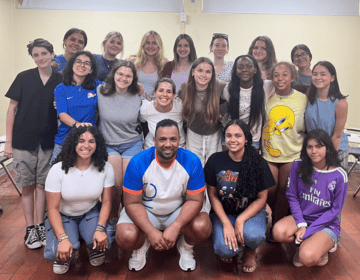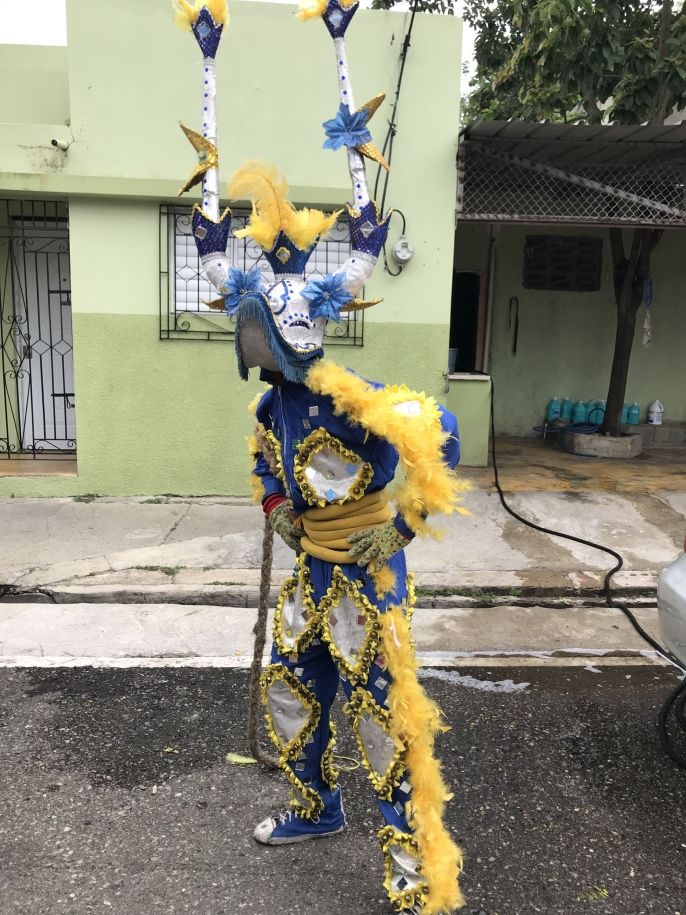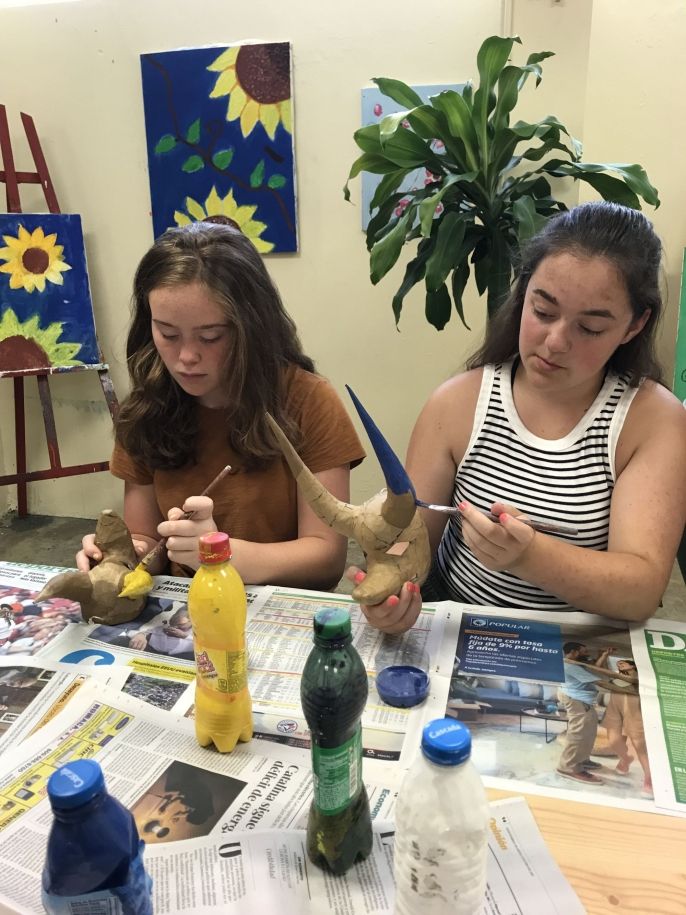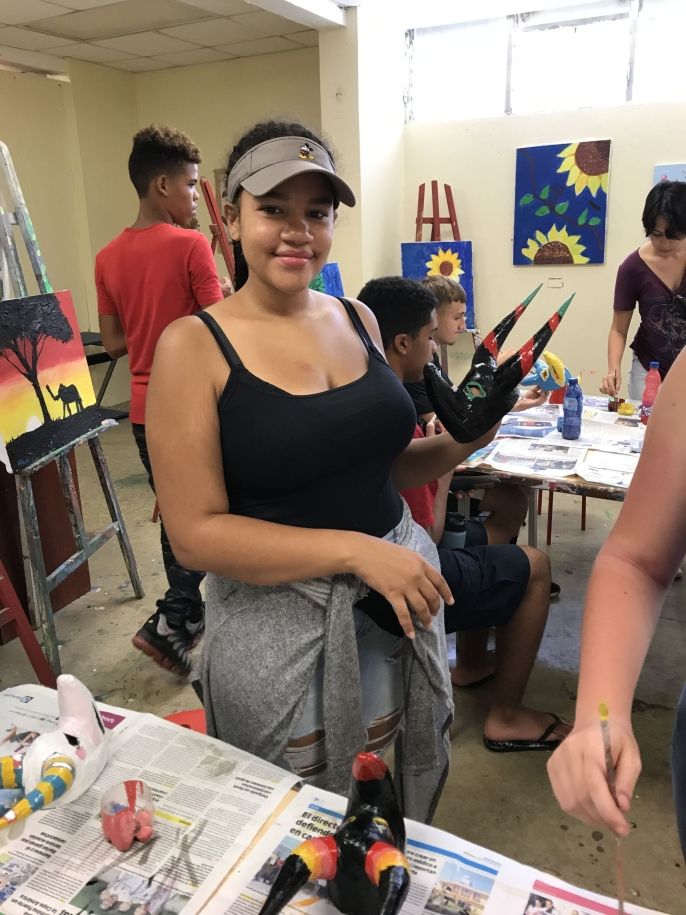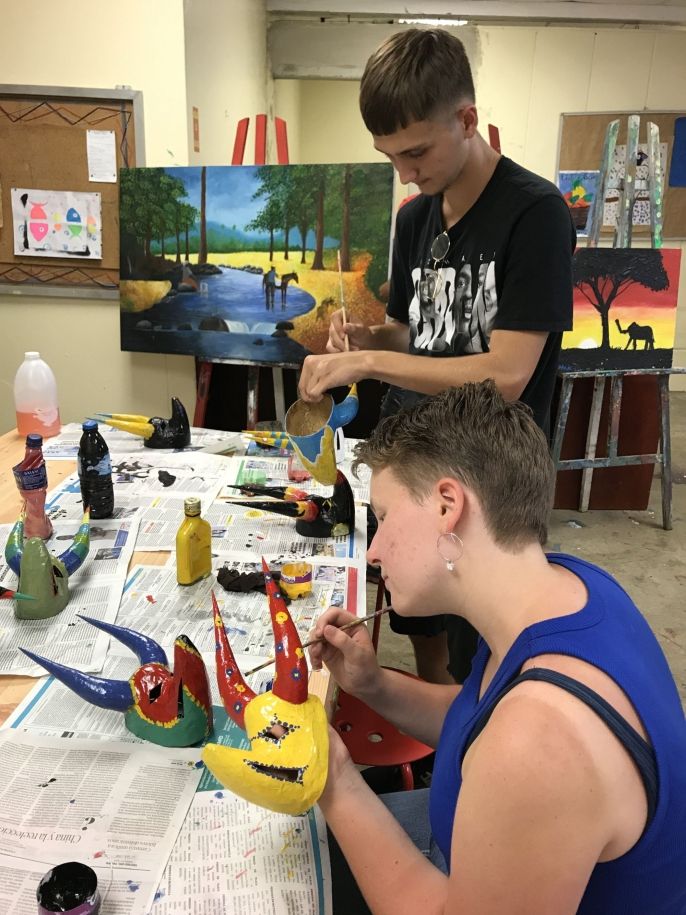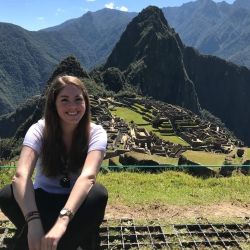Student Post: When the World Gets Turned Upside-Down
This blog post was written by David, one of the participants in our Language and Culture program. He's been a quiet and observant student these past few weeks, often taking notes on the topics we're learning about during afternoon activities, asking more about topics he finds interesting, and processing his experience through his art and weekly reflections. I asked him to share some of his learning and what he thinks about one of the most popular and iconic cultural events here in the Dominican Republic: Carnaval.
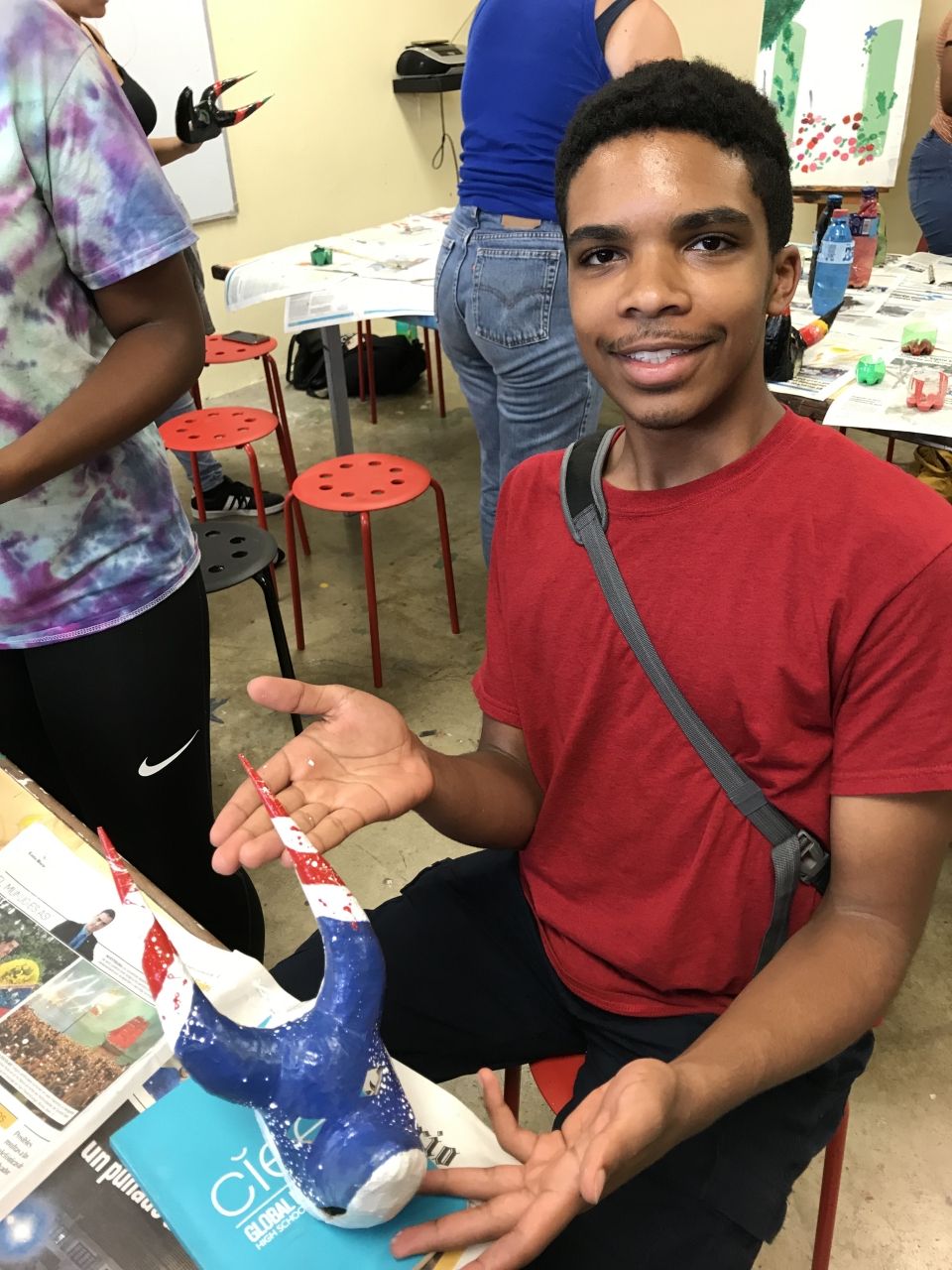
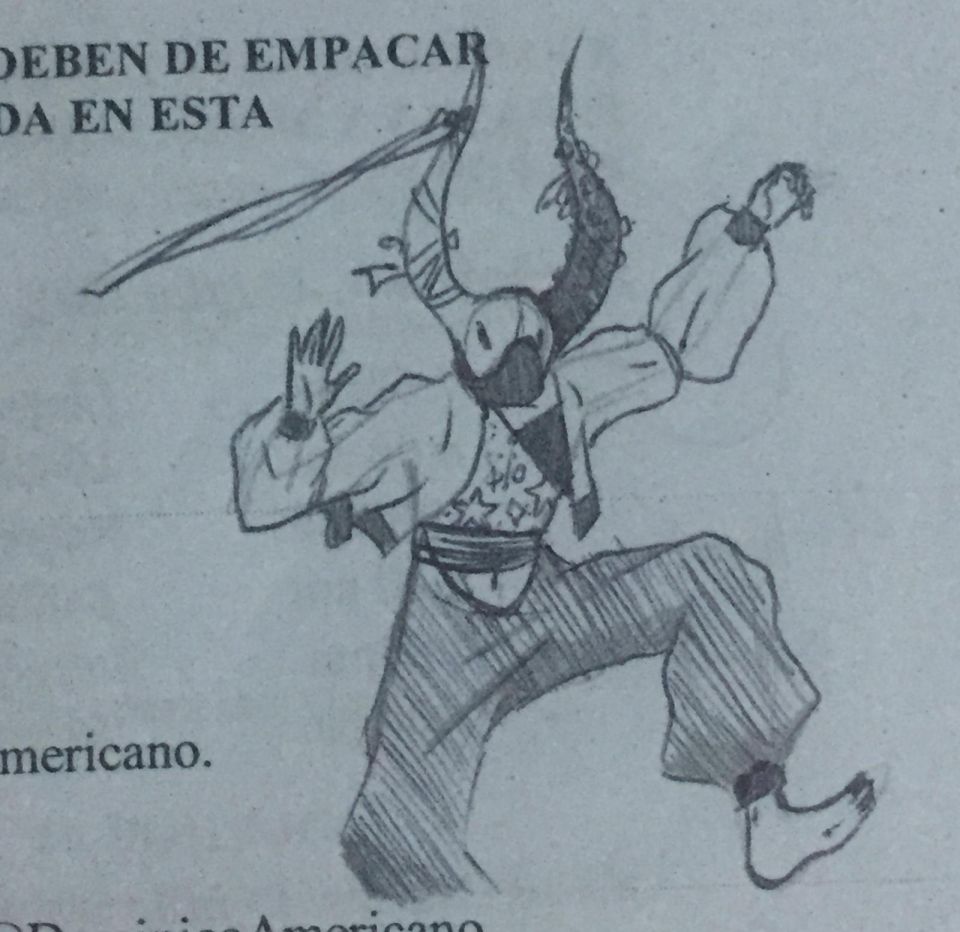
El lechón
In these weeks of being submerged in Dominican culture, slang, words, and ways of life, I stumbled upon something that piqued my interest. The Lechón. The lechones are characters that parade around in the streets of Santiago, the capital of the Cibao region in the Dominican Republic, during the days of Carnaval. They are bizarre-looking and flashy with accessories on their horns, boldly painted faces, and a whip that cracks the sky. The lechón is exclusive only to Santiago as a satirical representation of the devil. Although odd and adverse to my beliefs, it is interesting how a Catholic majority celebrates around the theme of "the world being turned upside-down—where normal life is no longer normal and God is no longer the main focus”.
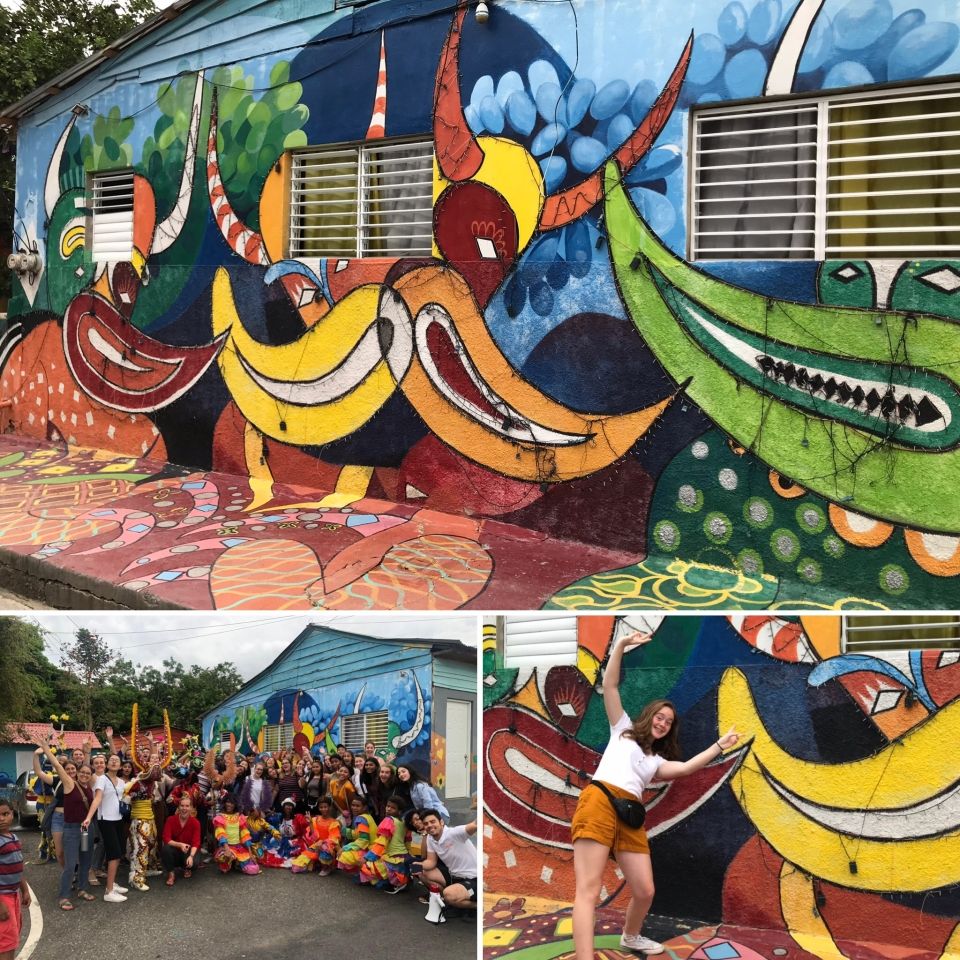
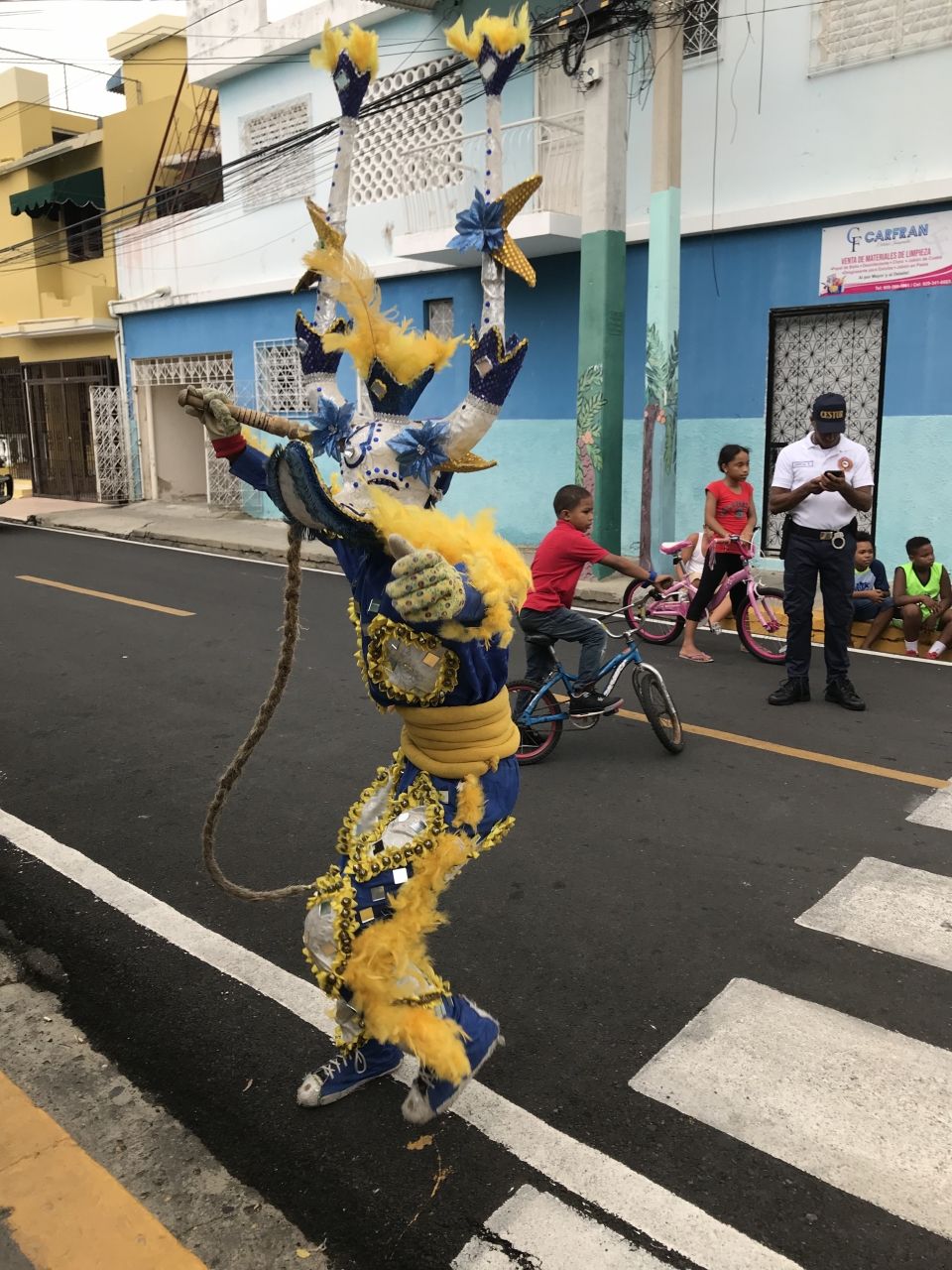
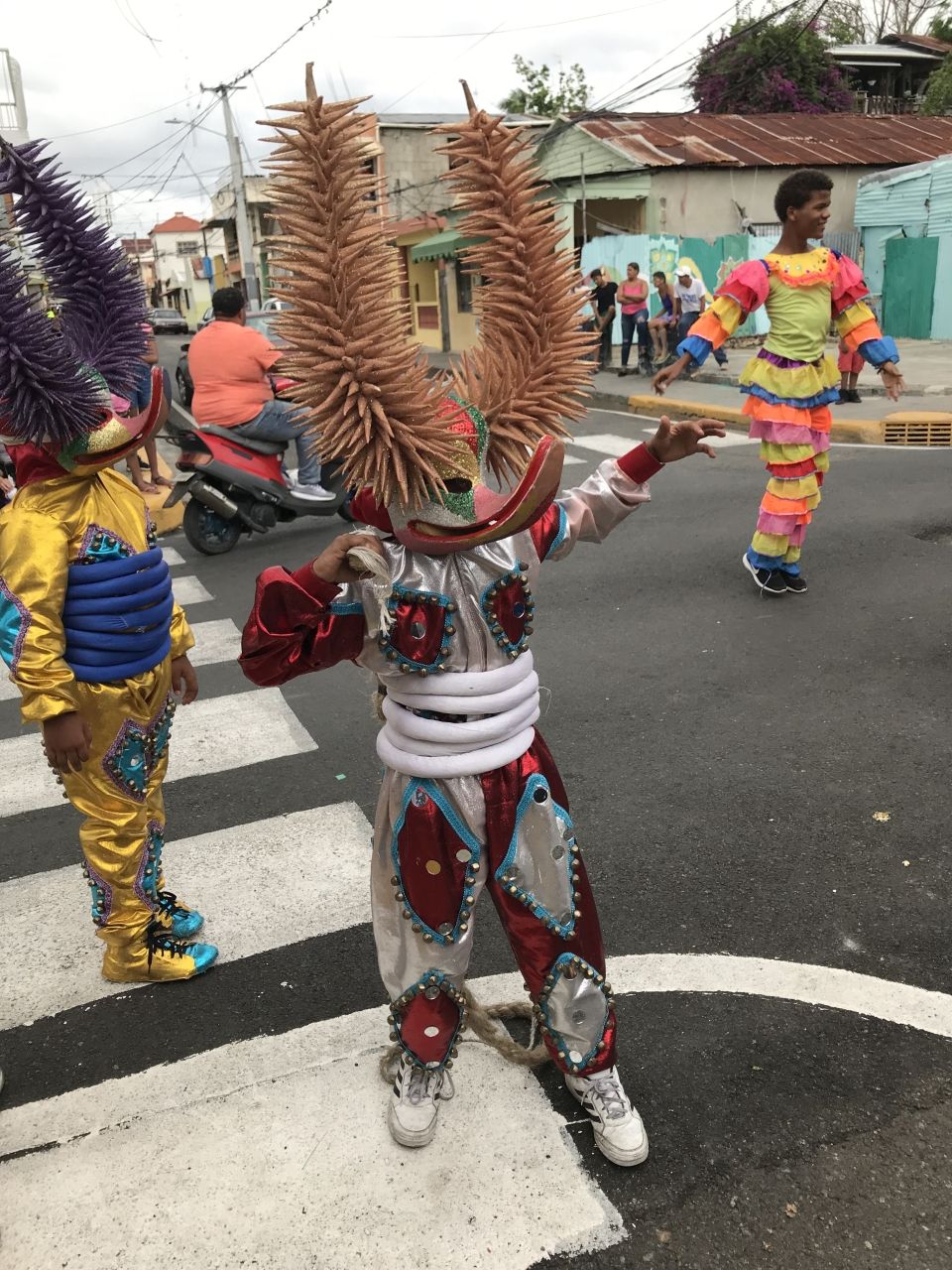
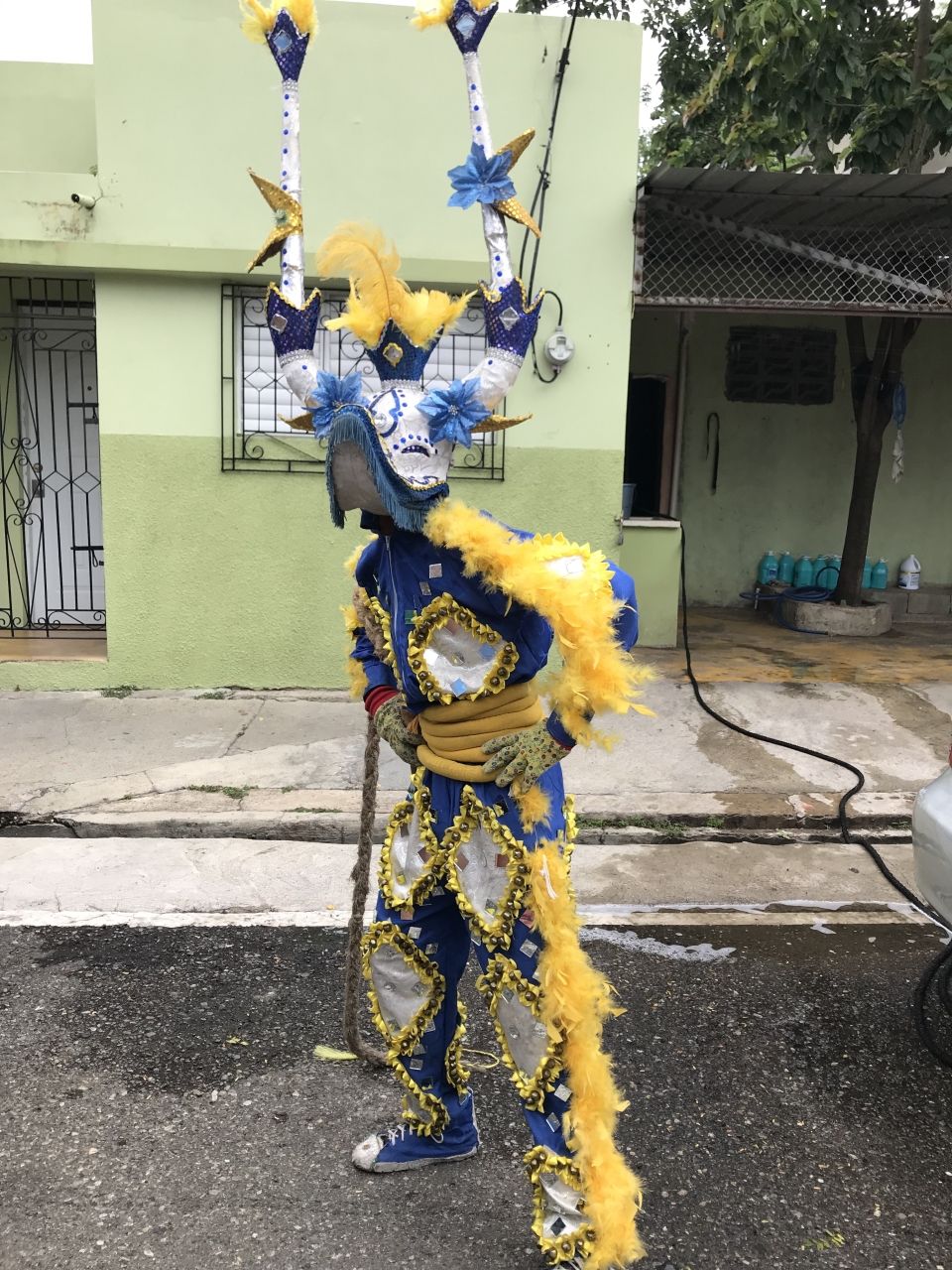
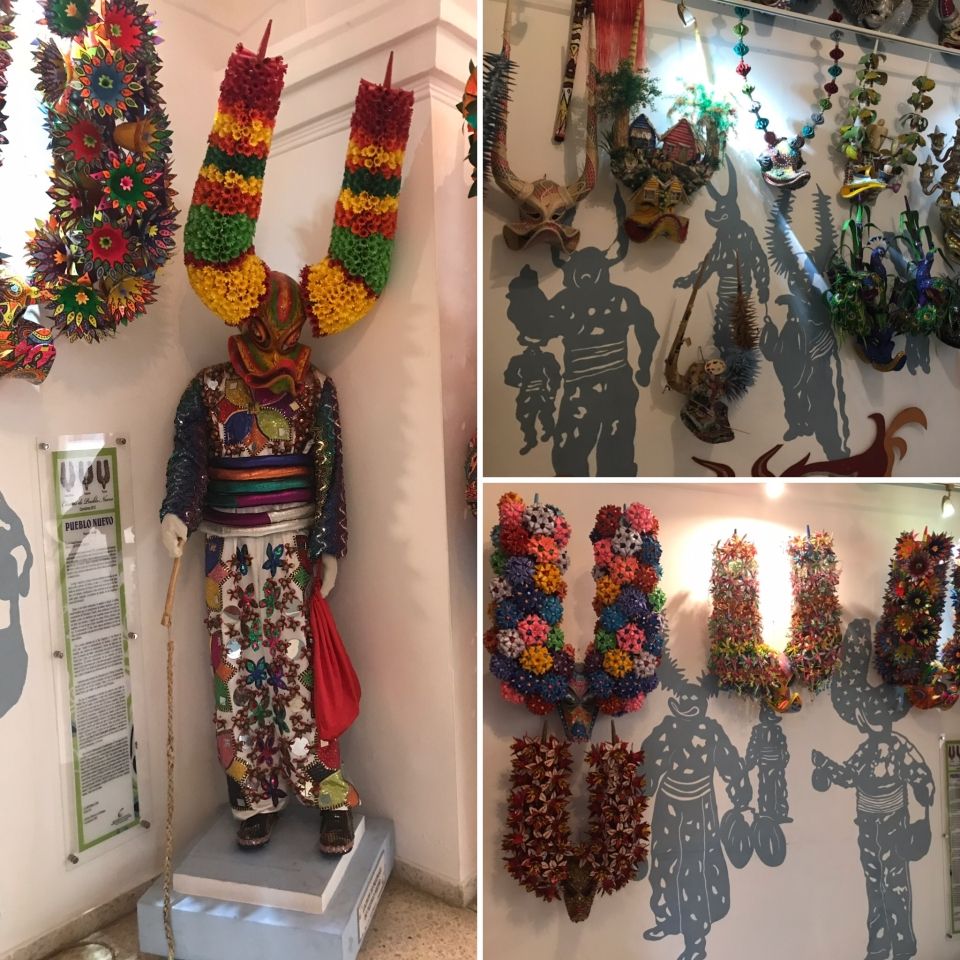
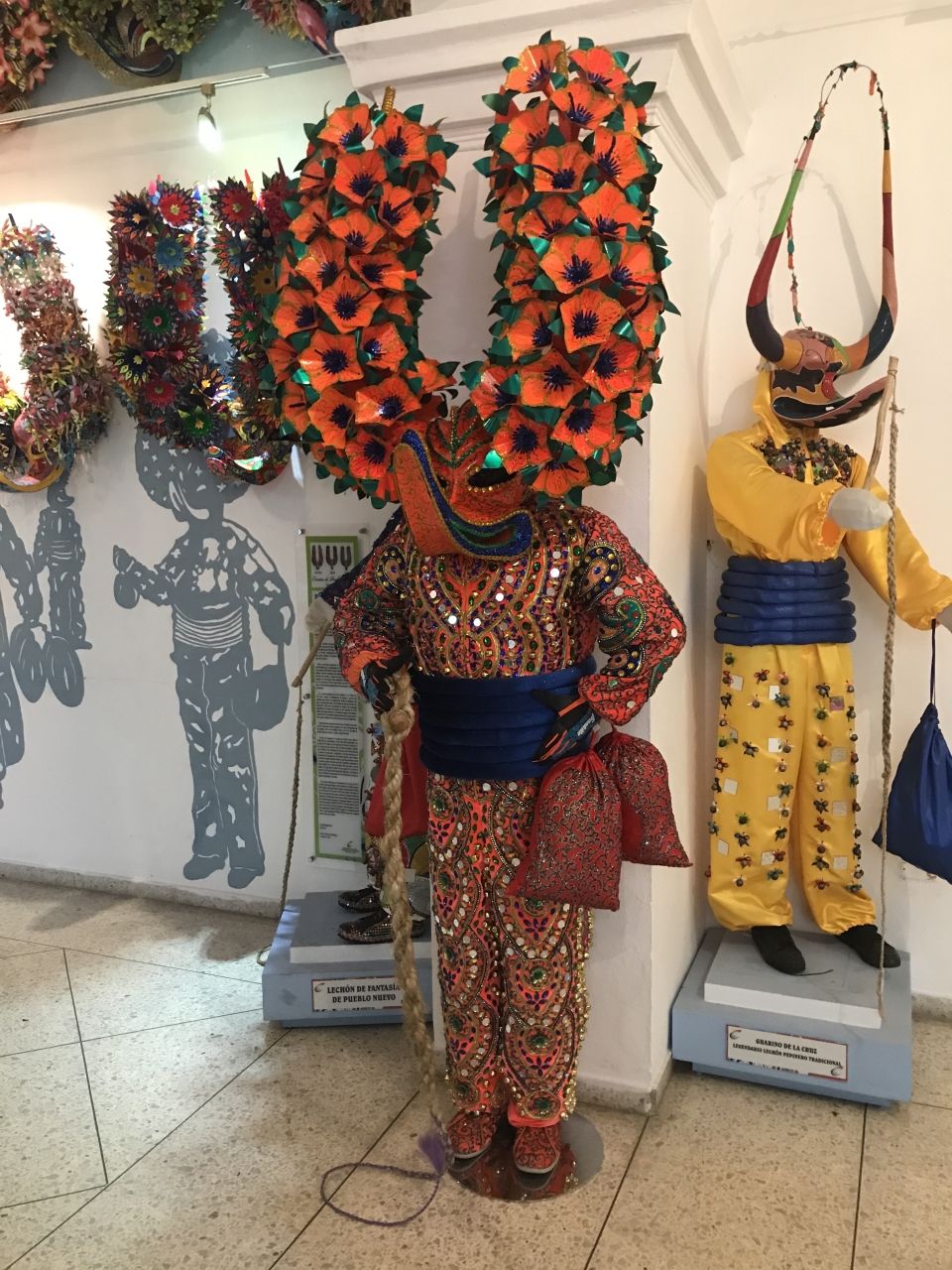
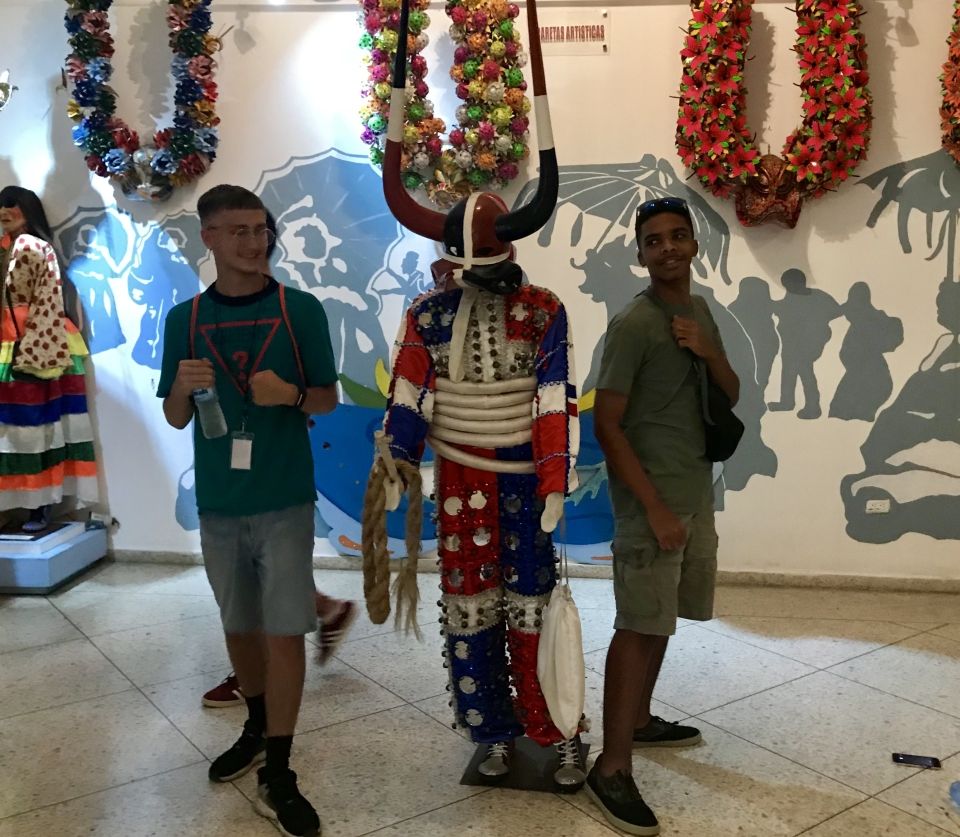
El Diablo
Each city has their own take on how the devil is represented in their local cultures, with names like Diablo Cojuelo, Máscara del Diablo, Toros y civiles, Diablo marino, Taimacorro, Calife, Platuses, and many others. Each has their own distinct look and attire. They further represent the African heritage that, in history, has been shadowed and demeaned by Euro-centric pride. During Carnaval, individuals are free to practice, play, sing, dance, and celebrate in whatever manner they please without worry of discrimination. The dances step to the forbidden African history, the songs sing loud to the ancestors and their stories, and the music writes their future. It’s quite a sight to behold before one’s eye.
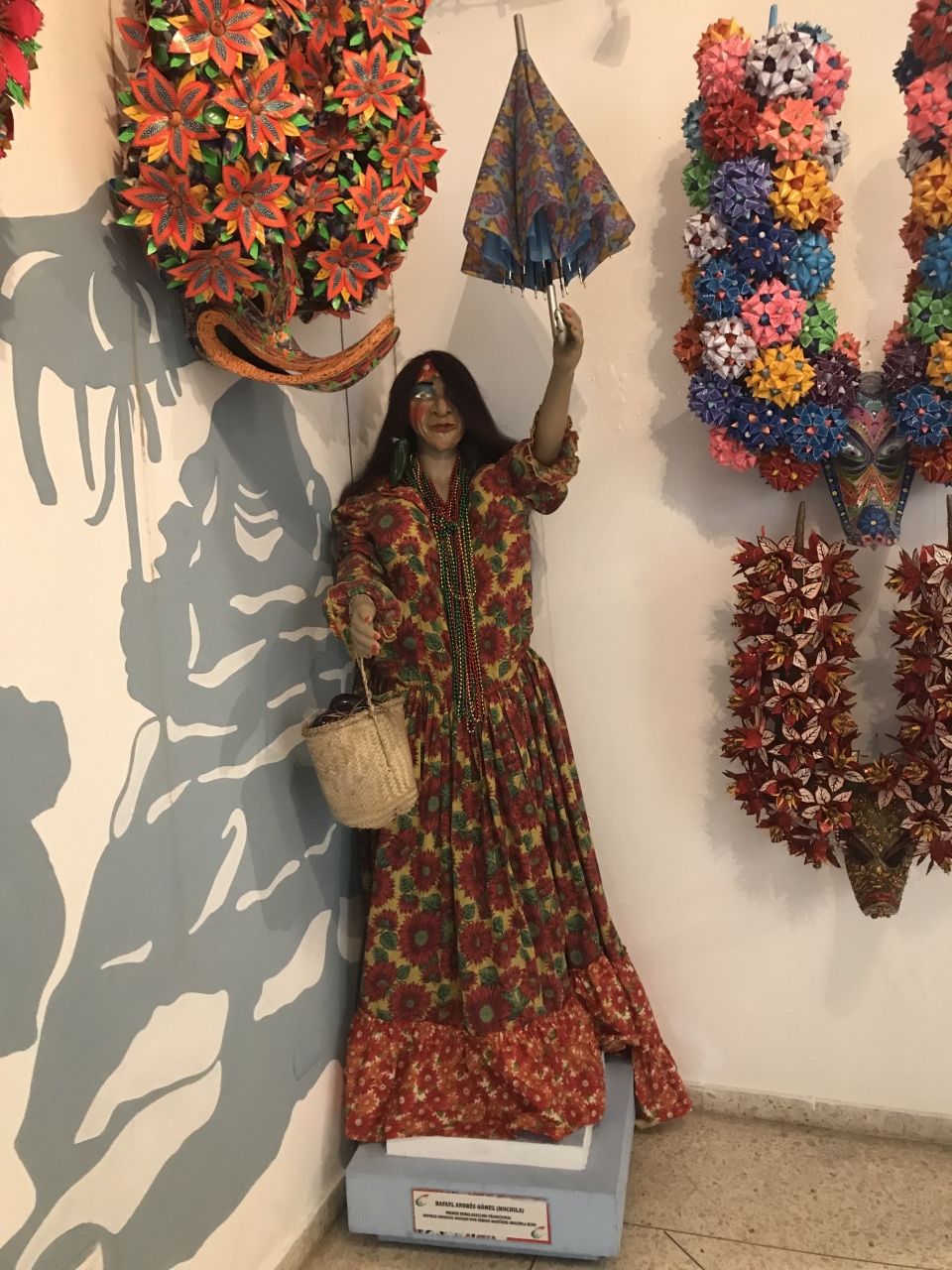
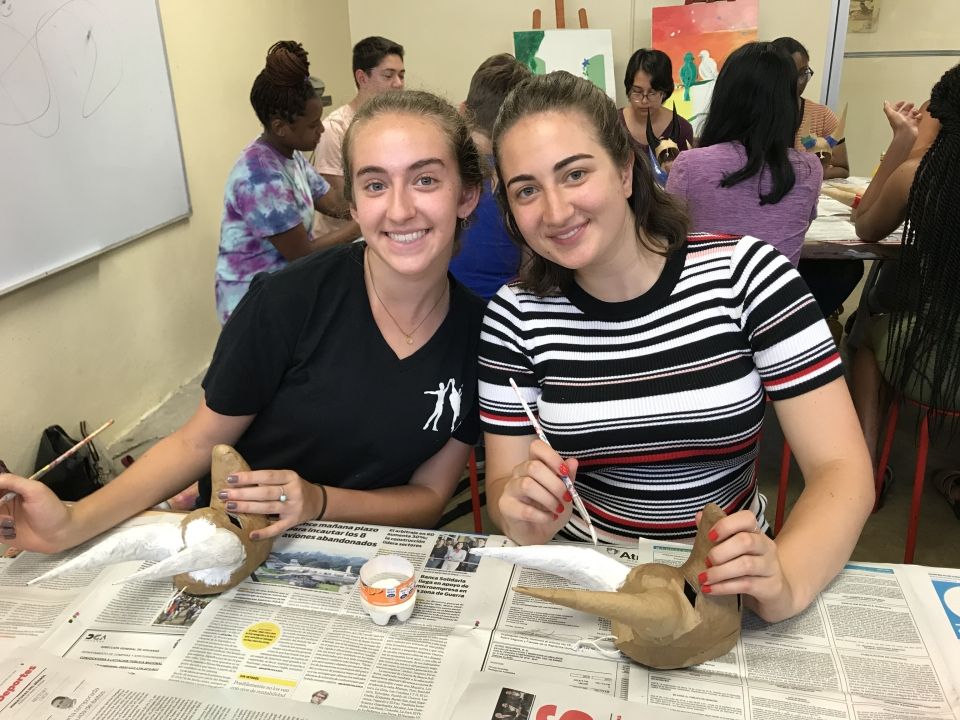
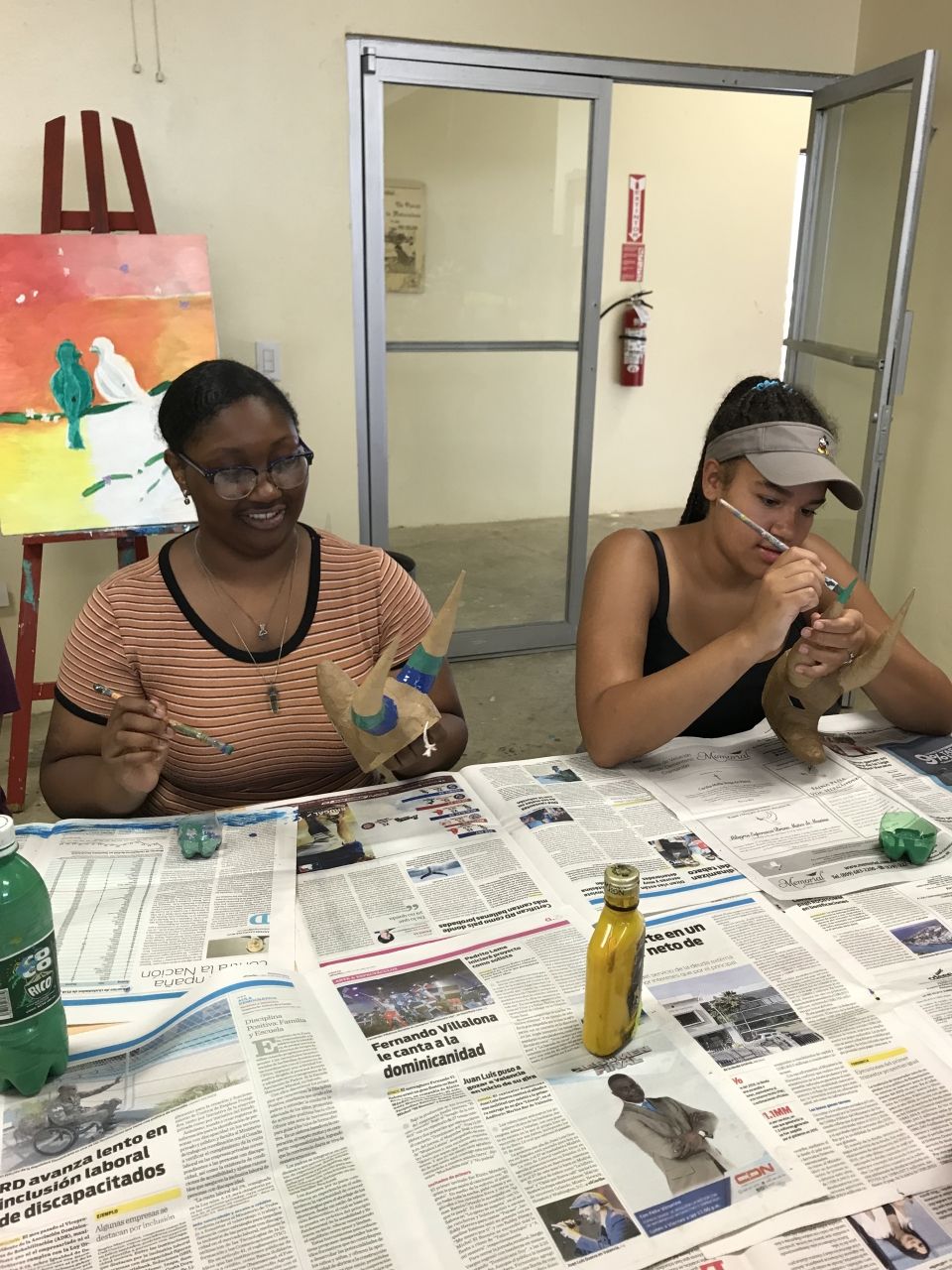
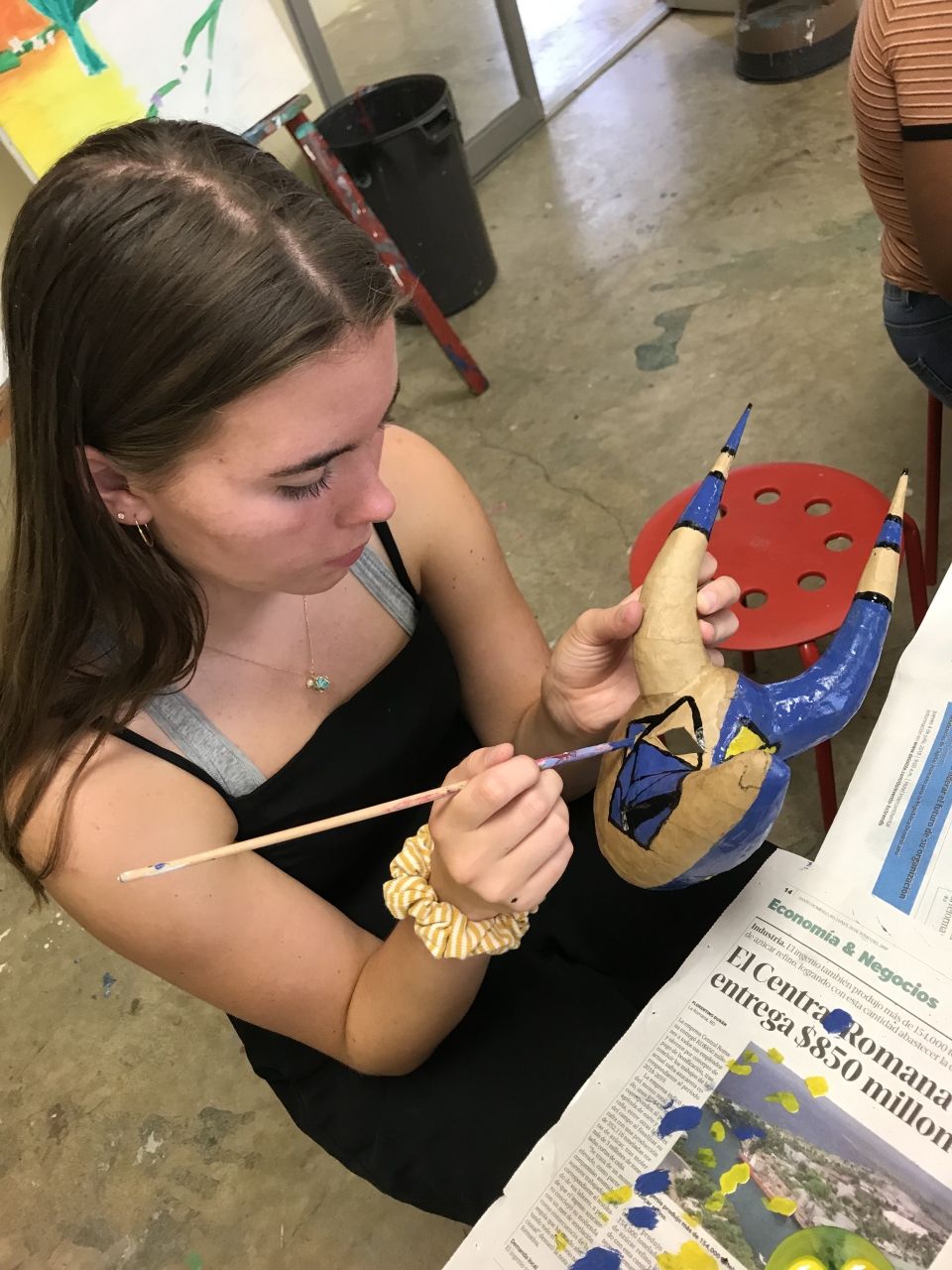
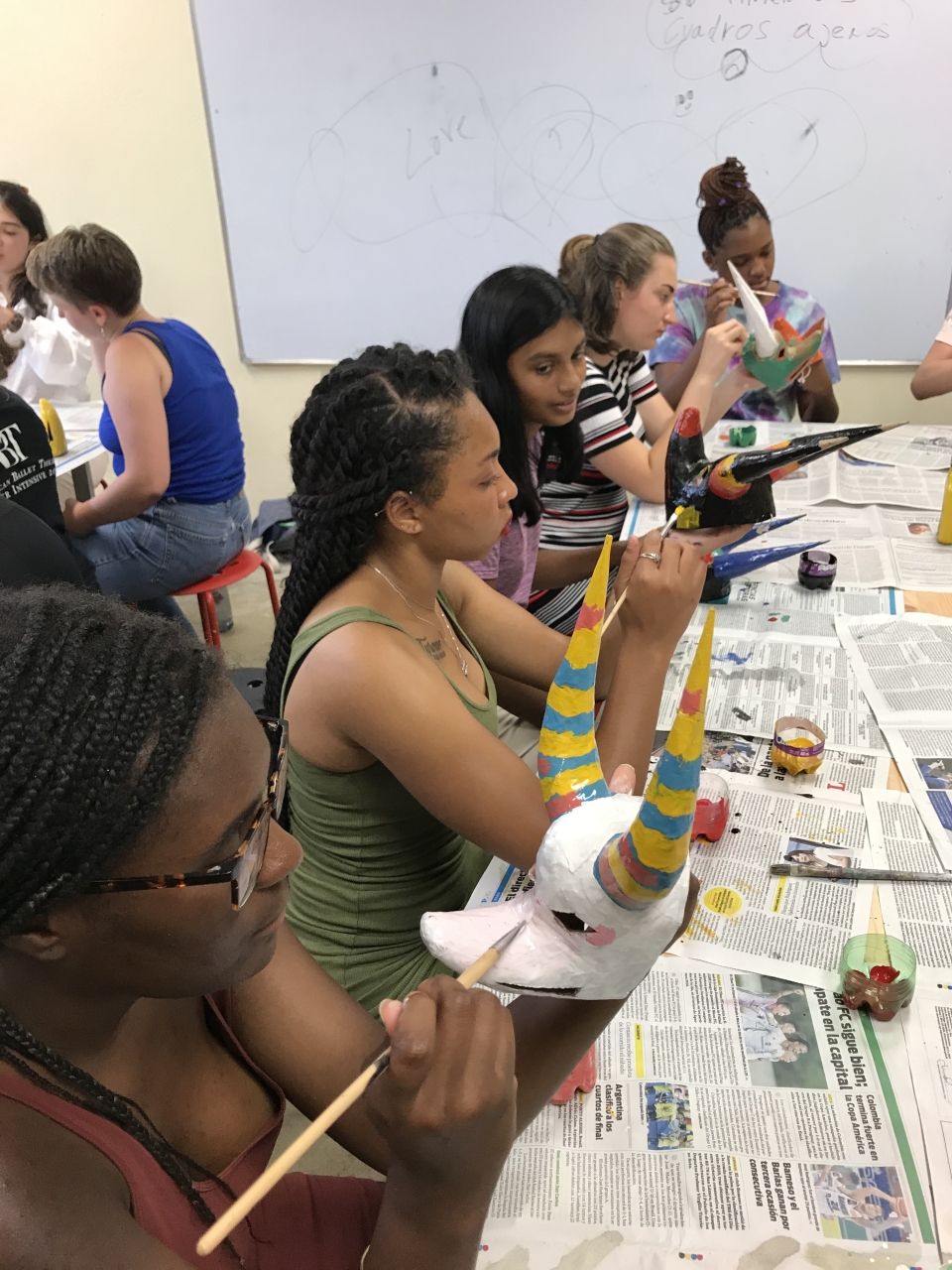
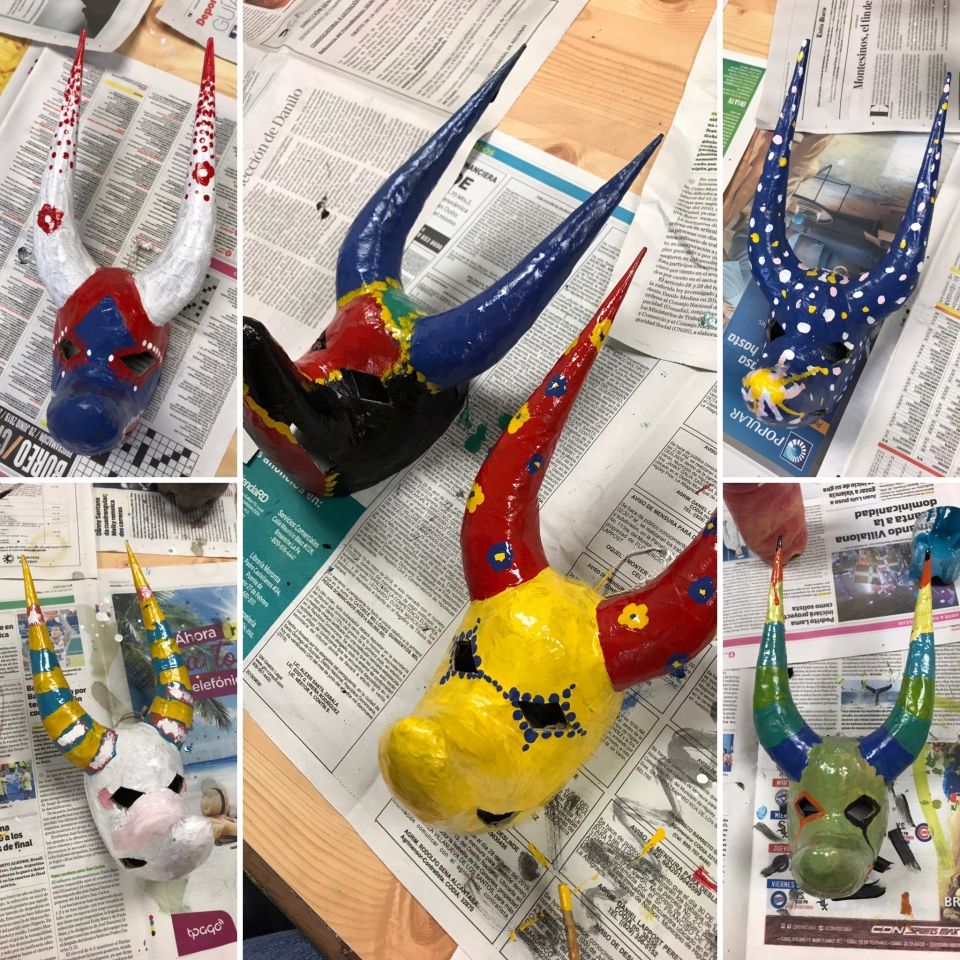
For more information on Carnaval here in Santiago, read this article. We visited the museum mentioned in the article on our first day in the city! I personally enjoyed learning more about the history of the Lechón and the unique traditions that come from different parts of the city.
Related Posts
